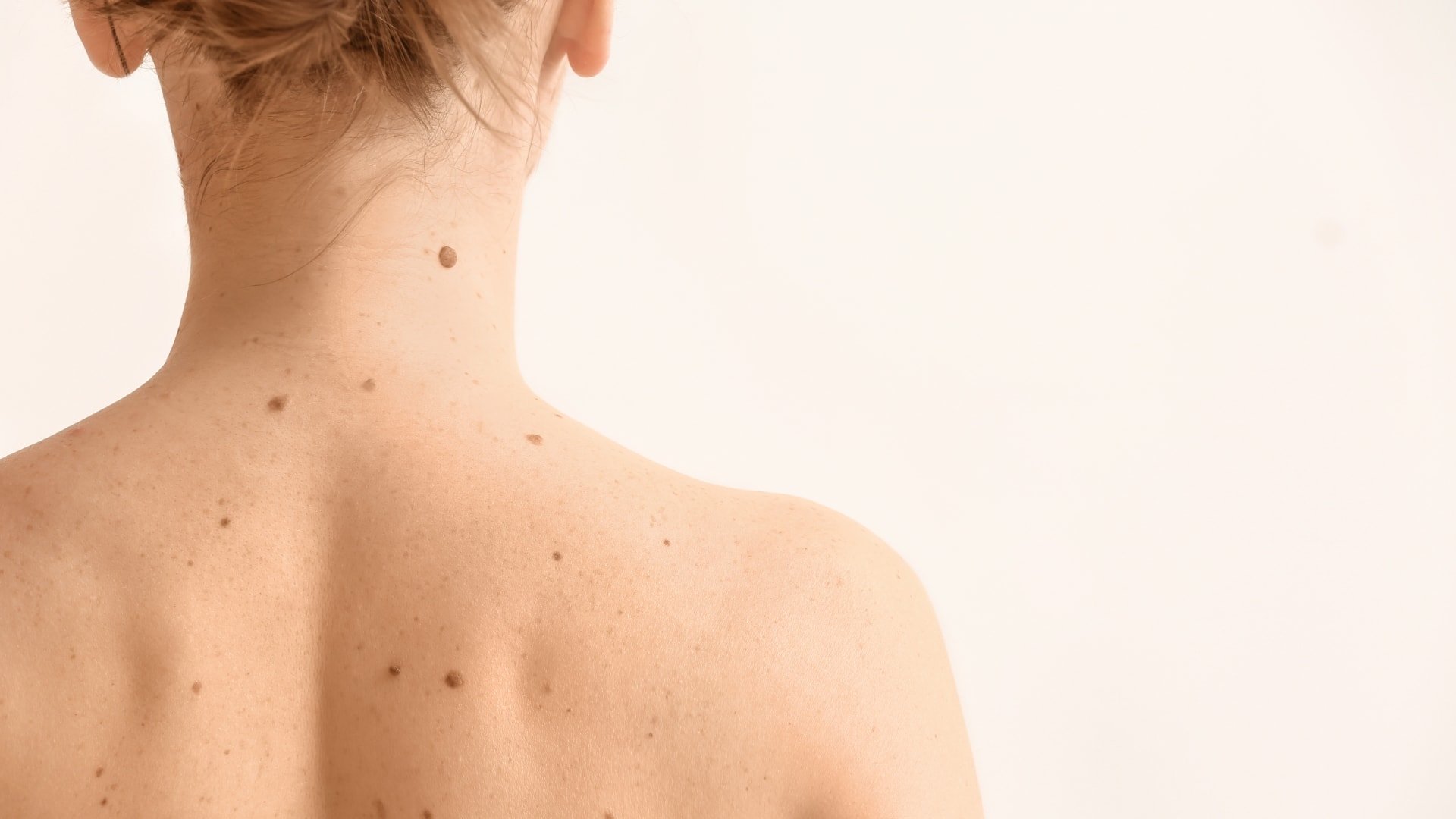A mole, or medical name “nevus”, is a common benign skin growth composed of pigment cells called melanocytes. Moles often show up in the first year of life, and the number of moles peaks in the 20s & 30s.
The amount of moles you develop is dependant on your genes, sun exposure, and number of sunburns. Interestingly, between the 70-90 years-old, many moles begin to disappear.
The more moles you have or the more unusual (atypical) moles you have, the higher your risk of developing a mole cancer, called melanoma.
A dermatologist is a specialist in determining whether a mole is harmless (benign) or dangerous (malignant).
A dermatologist will typically use his eyes to determine the nature of the mole, although they sometimes use a tool called a dermatoscope to magnify the mole. Removal in Toronto Dermatology Centre involves a careful assessment of the nature and depth of the mole, and the best treatment options to minimize potential scarring.
If your dermatologist is uncertain, then a skin biopsy may be performed; the specimen is sent to a lab for review by a pathologist. The current lifetime risk of developing a melanoma is 1 in 75 people; the lighter your skin, hair & eye colour, the higher your risk of skin cancer.
There are many different types of moles:
- There are moles you are born with (congenital moles) and those you acquire with time and sun exposure
- There are flat moles (junctional moles) or raised moles (compound moles).
- Moles can be on the body, or on the palms & soles (“acral moles” or “palmoplantar moles”).
- Moles can change in size and colour with sun exposure and with pregnancy.

To know which moles to worry about, we talk about the ABCDEs of spotting a bad mole.
- A is for Asymmetry – bad moles are often asymmetric (if you cut the mole in half, one side doesn’t look like the other).
- B is for Border – bad moles often have an irregular or jaggedy border.
- C is for Colour – bad moles often have a very dark colour, often black, or can even be multi-coloured.
- D is for Diameter – bad moles are often 6mm in size or greater.
- E is for Evolution or changing of a mole – bad moles increase in size while other moles in the vicinity are not changing.

Most importantly, we talk about the “ugly duckling sign” – this refers to which mole or lesion is not like the others. For instance, if a mole is much bigger and darker, or itches or bleeds, while other moles in the area do not, this is the mole to pay attention to, and have reviewed by your dermatologist.
For proper assessment, diagnosis, and treatment of your moles, make sure to see a dermatologist.
Some mole removal is free and covered by OHIP, while there may be a charge to remove other (“cosmetic”) moles. Mole removal can be performed using a variety of medical techniques, best discussed with your doctor. Having your mole removed at a salon or spa, or trying to remove it at home is a big mistake and we have seen several disfiguring and even worse outcomes as a result.
Moles can be removed because they are suspicious looking, or irritating (e.g. if they are near a bra or belt-line), or simply because one doesn’t like the appearance of the mole.
Before & Immediately After Removal of Mole on Face



FotoFinder
FotoFinder is a computerized mole mapping system that uses high resolution photography and state of the art software to create an image database of all the body moles. It is highly accurate and allows comparison of your moles over time to identify new or changing moles early. Moles can be further analyzed via the specialised dermoscopy component of the system that uses the most advanced clinical artificial intelligence to help diagnose skin cancer. TDC is the only clinic in Toronto to offer the latest FotoFinder technology.

Here is a selection of media articles quoting our renowned dermatologists Dr. Benjamin Barankin and Dr. Anatoli Freiman as they pertain to moles.
Toronto Dermatology Centre is located in Toronto, Ontario, and serves men and women in North York, Vaughan, Richmond Hill, York, Aurora, Thornhill, Mississauga, Etobicoke, Scarborough, Pickering, Peterborough, Guelph, Kitchener, Waterloo, Hamilton, Oshawa, Barrie, downtown, midtown, uptown and all of Greater Toronto (GTA).
Thinking of visiting Toronto’s premier skin clinic soon?
Fill out the inquiry form below and let us know your area of interest.
Call us today @ 416.633.0001
